If you’re considering which wood types to use for a renovation or construction project, there are several considerations that may influence your decision – including where it will be used, how durable you need it to be, and the color profile and overall visual effect you want to achieve. To help you make your mind up, we’ve put together some useful information about wood types available from Thermory.
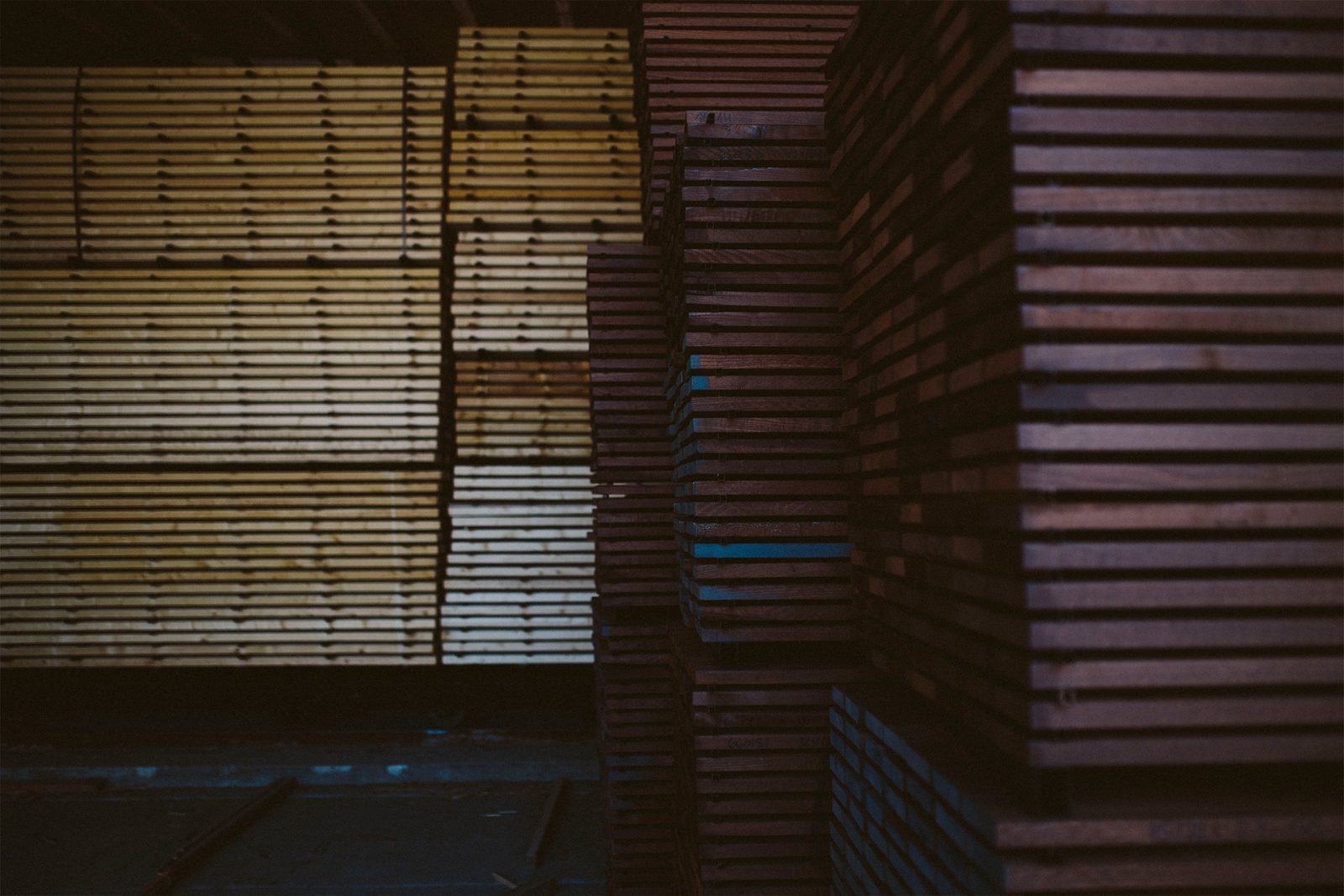
At Thermory, we use two levels of thermal modification – medium and intense. As well as giving the wood a slightly darker appearance, intense modification is ideal for outdoor products as it offers superior durability and rot resistance, while medium-modified wood is only recommended for indoor applications. The difference between these two options is down to the peak temperature and duration of the thermal modification process.
Some wood types lend themselves particularly well to being coated with paint – among these, Thermory uses spruce and pine – both softwoods that offer excellent rot resistance and longevity. For this reason, these two woods can be found in our Vivid and Rebel coated cladding series, the latter of which includes the Drift and Ignite ranges.
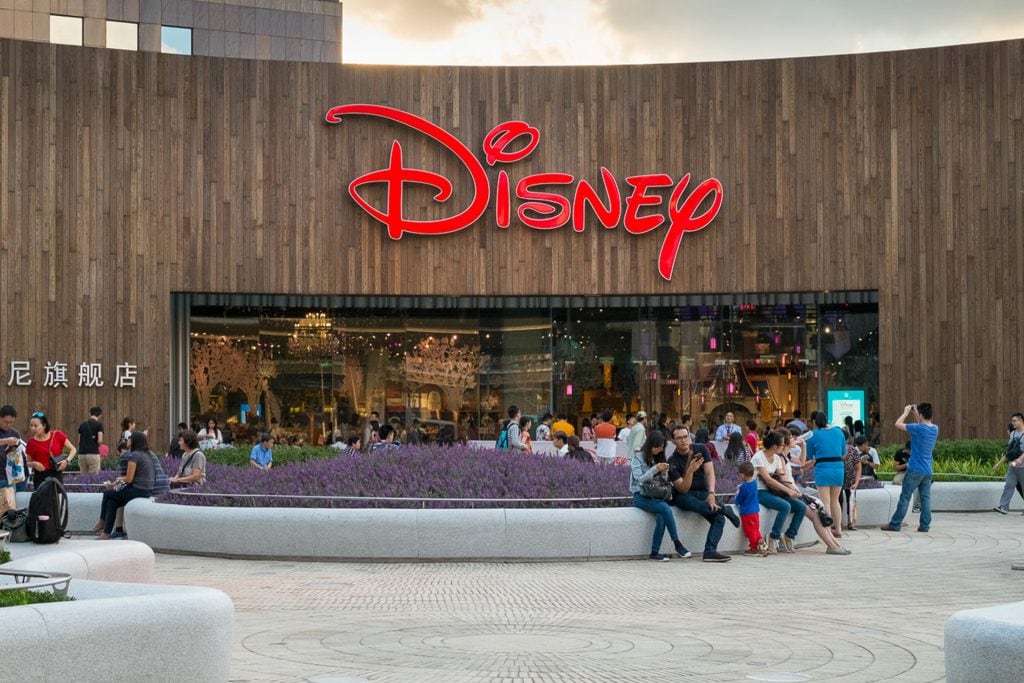
Ash is a hardwood that we source from Europe and North America to achieve the highest possible quality while minimizing its environmental impact. In our product ranges, the wood is used for exterior decking and cladding as well as interior floors and walls. With intense thermal modification giving the wood a rich brown tone, it makes a strong visual impact that enhances any surface it’s used on. Providing a great alternative to less sustainable hardwood options, Thermory’s ash products offer a classic appearance alongside exceptional rot-resistance and longevity, with a Class 1 durability rating of 25+ years. The wood can be treated annually with UV-protectant oil to retain its deep brown color, but you may prefer to allow it to naturally lighten over time to an elegant platinum gray.
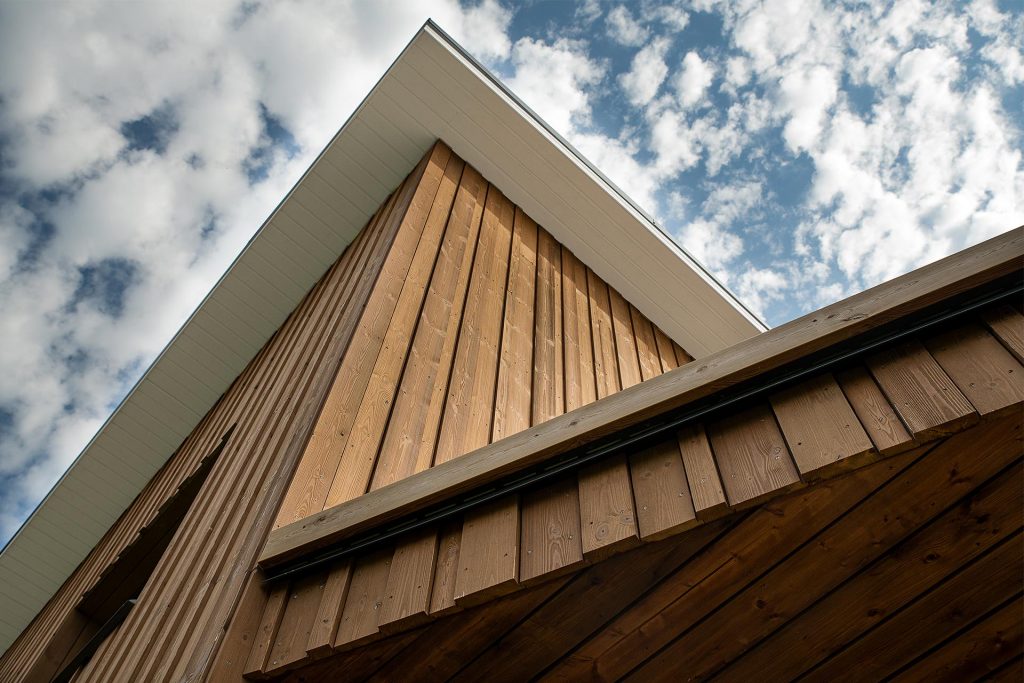
Our Nordic spruce is harvested exclusively in Scandinavia, a region known for having the most responsible forestry practices in the world. This thermally modified wood can be used for both decking and cladding products. Nordic spruce is a softwood solution with impressive rot resistance and longevity, achieving a Class 1 durability rating of 25+ years. Thermory’s thermally modified spruce cladding and decking also come with the Nordic Swan Ecolabel, which certifies that the wood is sourced from responsibly managed forests, free from chemicals and extremely durable when used outdoors. Combining rustic knots with a naturally light tone, the wood has a golden-brown color when thermally modified that will gradually lighten to an attractive gray when left to the elements. Like our ash products, the original color of Thermory’s spruce can be retained with regular oil treatment.
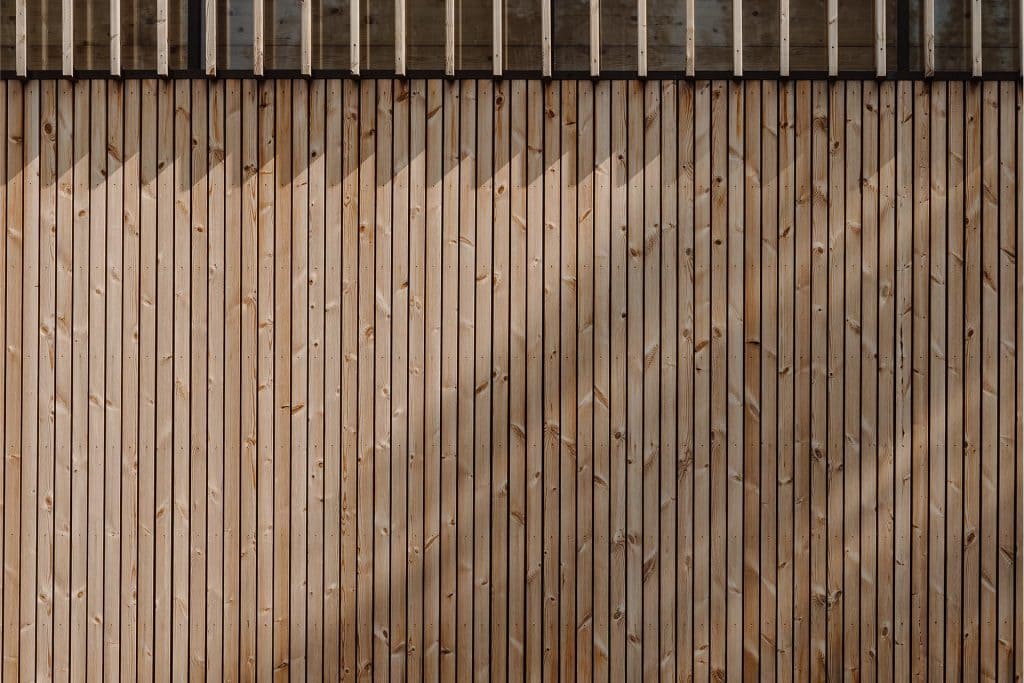
Scots pine shares many features with Nordic spruce, including its light golden-brown color and the fact that it is sourced from Scandinavia in order to keep its production as sustainable as possible. Perfect for both decking and cladding applications, our Scots pine products boast distinctive knots that accentuate the natural appeal of the wood and ensure that each and every surface is completely unique. As with spruce, our thermally pine cladding and decking carry the Nordic Swan Ecolabel, so you can rest assured that the wood is responsibly sourced, chemical free and highly durable in an outdoor setting. Add in a Class 2 durability rating of 15+ years, and it offers rot resistance that is hard to match among similar softwoods. Like our other wood, Scots pine will lighten over time, especially where it is subjected to excessive sunlight or rain, but the original golden shade can be preserved with a UV-protectant oil.
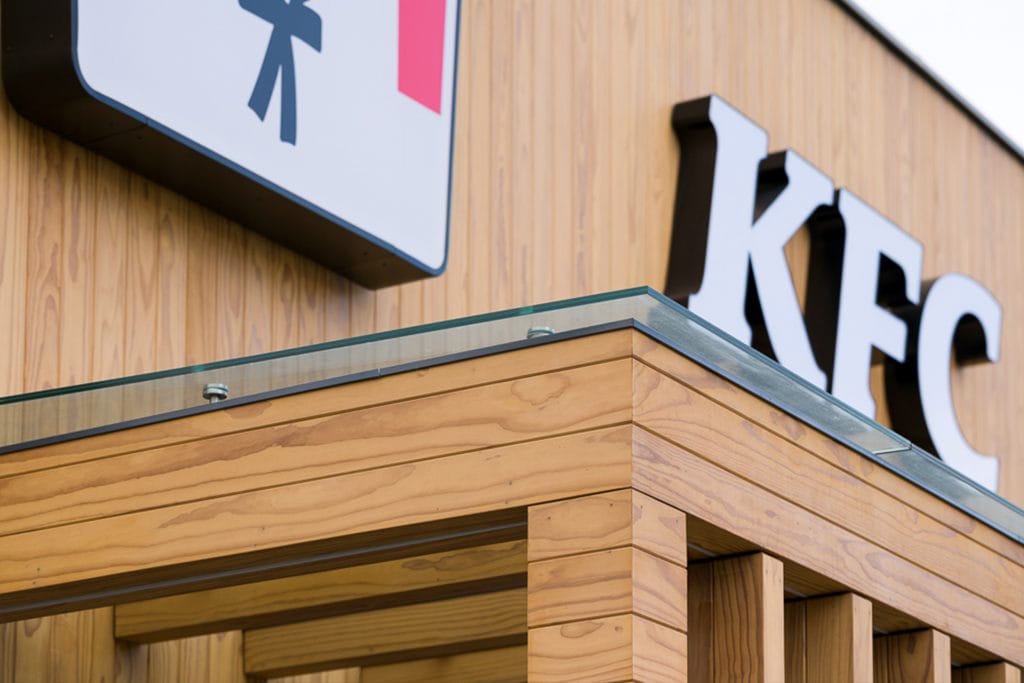
Used exclusively for cladding products in the Thermory range, radiata pine is the most knot-free of our softwoods, with every board having a distinctly unique grain. Being a fast-growing wood, radiata pine is widely cultivated in many regions. Also referred to as clear pine and sourced in New Zealand, Thermory’s radiata pine offers extraordinary rot resistance, with a Class 2 durability rating of 15+ years. While our thermally modified cladding doesn’t necessarily require surface treatment, because radiata pine is more sensitive to moisture than other woods we recommend applying a UV-resistant oil to all four sides of your boards before installation, oiling any external surfaces again every three years after that. Regular oiling will also allow the wood to retain its original attractive golden shade.
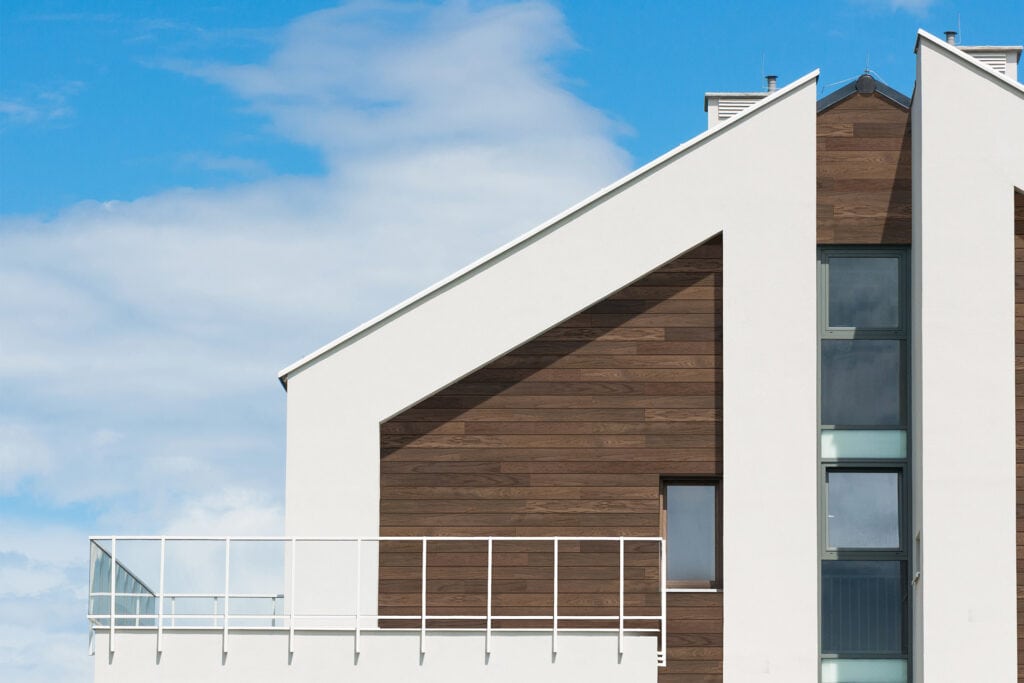
Thermally modified red oak is a premium hardwood species that is now part of our Benchmark series.
Red oak (Quercus rubra) is native to North America. This abundant species is characterised by beautiful, clear wood grain and a slightly pink undertone. When thermally modified, it takes on a rich brown tone, similar to thermally modified ash.
Because of its density, strength and durability, red oak is widely used timber in North America. The tree has a straight trunk, fewer branches and low internal stress. The latter is particularly important since it ensures that even the long decking and cladding boards remain dimensionally stable and resistant to warping and cupping throughout the products’ lifespan.
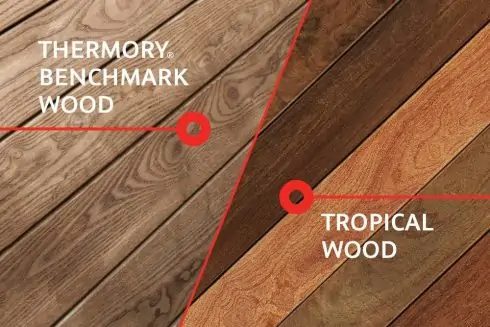
As the construction and design industries evolve, so does the demand for sustainable, high-performance building materials. For over 25 years, Thermory has...
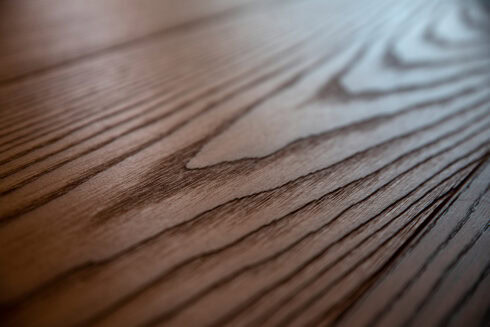
Picture a wood that balances elegance, durability and versatility – a natural material that not only meets your demands but also exceeds your...
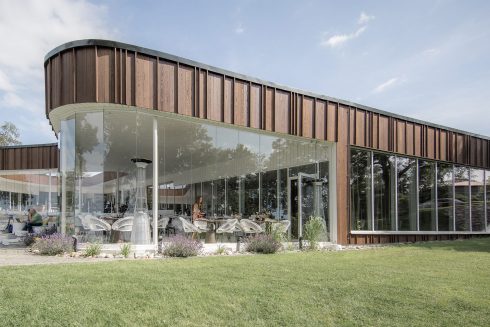
Combining different wood species, finishes and profiles brings variety to any interior or exterior design, delivering a tantalizing injection of texture and...
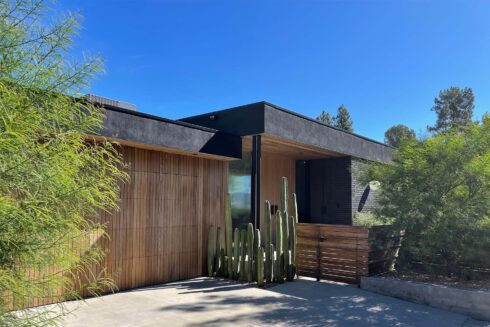
We were curious about the architecture trends and the popularity of timber in Australia, so we asked our down under partner, McCormacks Australia, to tell...
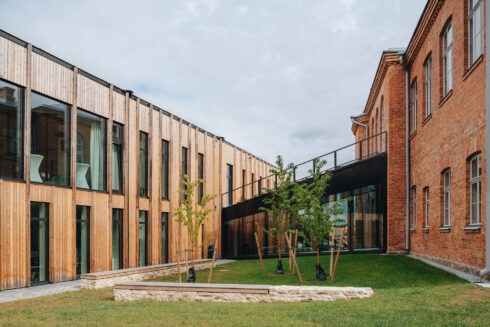
With the EU, US and many other countries aiming to achieve carbon neutrality by 2050, sustainability is not just a construction trend anymore, but it’s...
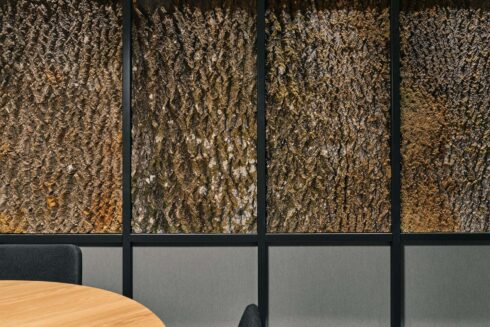
In the quest to shift our world towards more sustainable practices and circular processes, designers are increasingly turning their attention to...
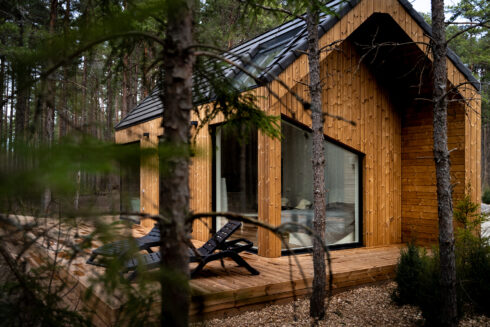
Sometimes, the best place to unwind and get away from it all is a secluded forest cabin in breathtaking surroundings. Find inspiration for your next...
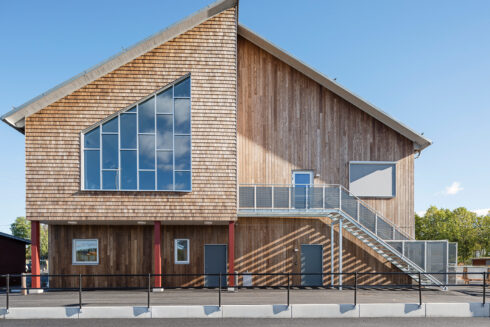
When it comes to designing and constructing educational spaces, choosing the right materials is crucial. There has been a growing trend towards...
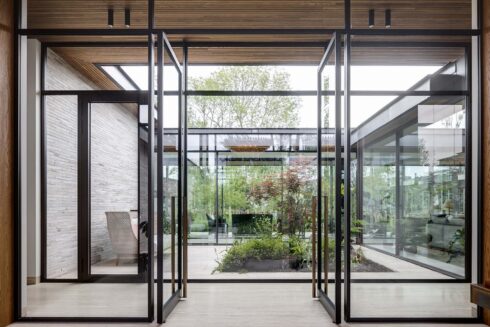
As architects and landscape designers, creating indoor outdoor living spaces that are sustainable and eco-friendly is more important than ever. With a...
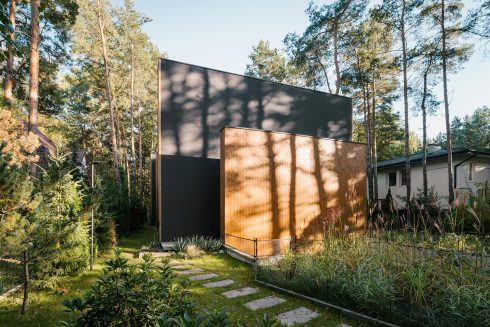
From intimate spaces like our homes to public urban areas, the environment surrounding us has a big effect on our well-being. Recent turbulent years have...
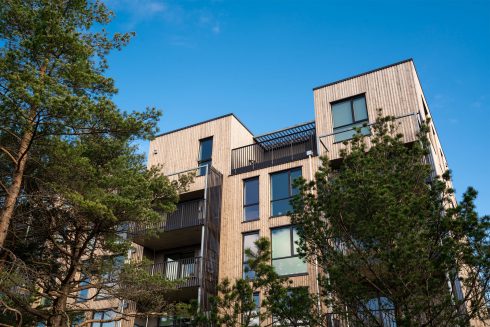
Finding the best solution to clad buildings is important for several reasons – as well as defining the look and feel of your design, it also has a major...
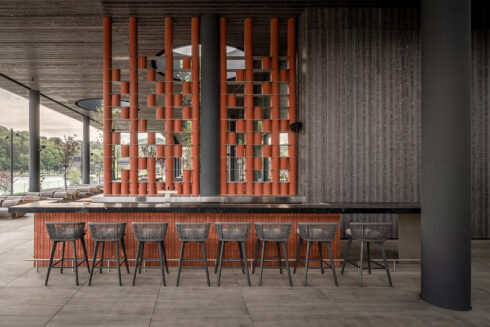
Thermory Design Awards is part of Thermory 25 celebrations for acknowledging and rewarding our...
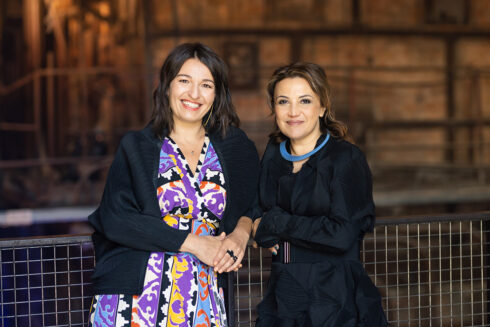
Curators of Tallinn Architecture Biennale 2022 exhibition “Edible ; Or, The Architecture of Metabolism”, Lydia Kallipoliti & Areti...
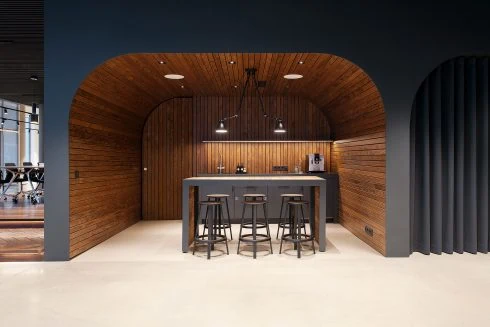
The aim of biophilic design is to create buildings and spaces that enable harmonious, naturally enjoyable experiences for their users by promoting the...
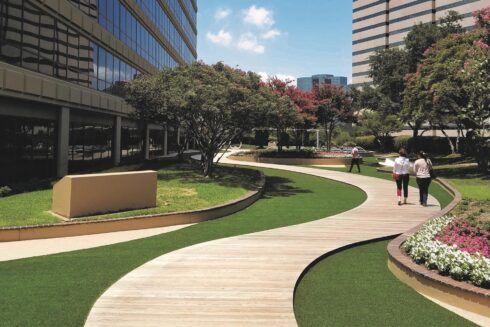
The purpose of biophilic design is to create spaces that deliver benefits for both human health and the environment by nurturing people’s innate affinity...
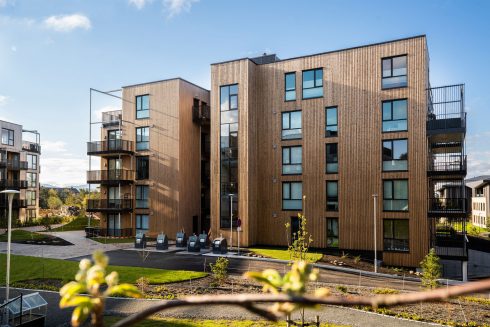
Natural wood can be used in many different ways. The beauty and versatility make wood unequalled building material. As both an interior and exterior design...
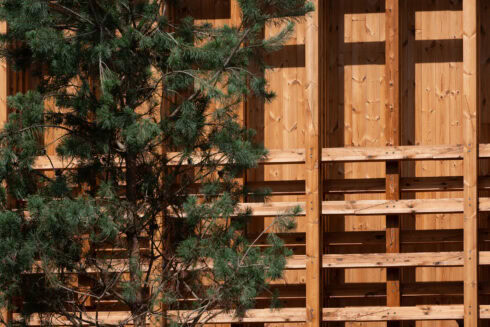
When it comes to...
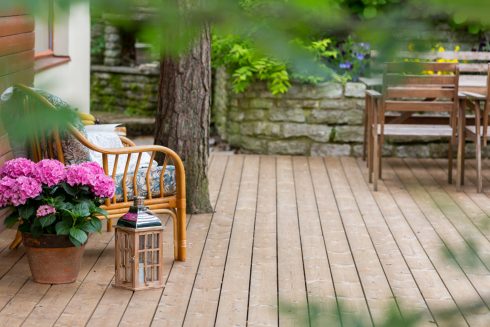
Home is where the heart is – a place where the whole family can feel safe and warm. The building materials you choose should enhance this feeling and...
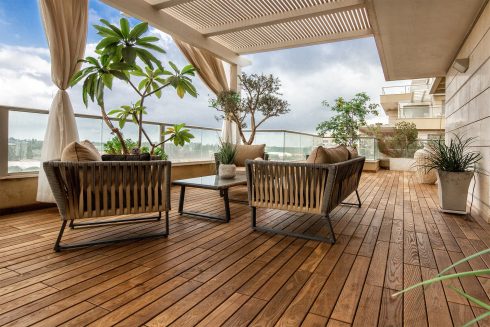
Wood is one of the most common building materials in the world and, with responsible forest management, it is the only renewable building material we have....
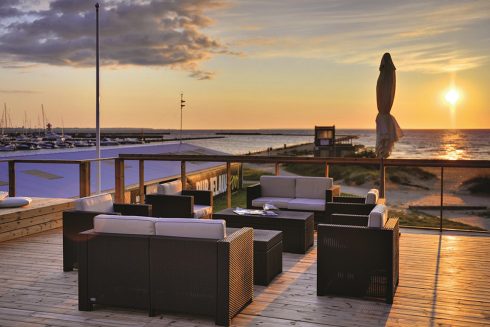
The decking in your home bears witness to numerous magnificent and memorable moments. On warm days we sit on the deck and bask in the sunshine, at night we...
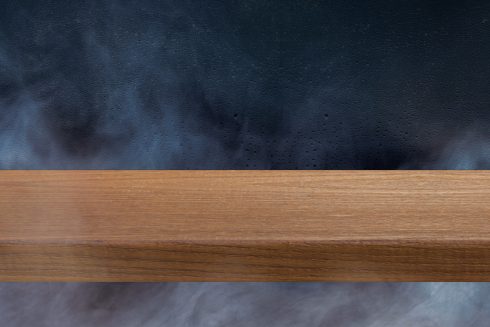
Thermally modified wood, often referred to as thermowood, is real wood enhanced using only heat and steam to improve its durability, dimensional stability,...
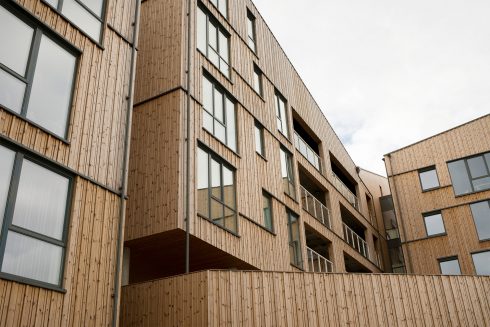
Natural wood feels warm and inviting in both interior and exterior design. Especially in outdoor use, it is important to choose wood that is not only...
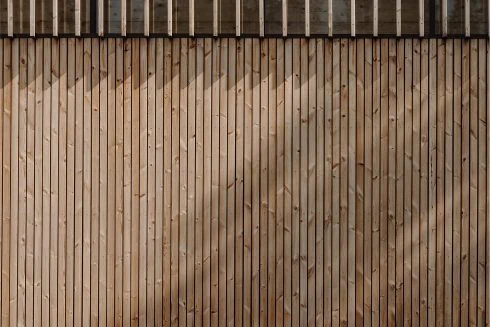
With rising concerns about climate change, the world community’s responsibility to reduce our carbon footprint rests with each and every individual and...
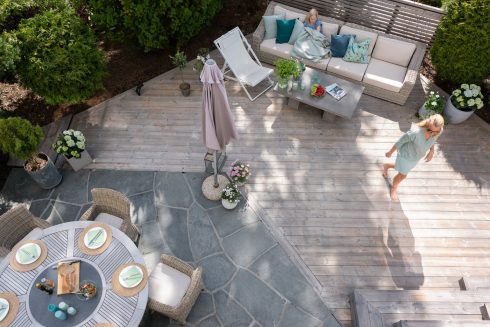
As a natural material, the color of wood alters over time – and there is no exception with Thermory’s thermally modified wood products, which gradually...
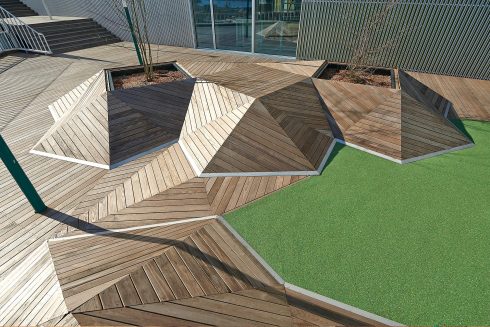
You’ve selected the perfect decking for your outdoor space – now you just need to decide how best to secure it in its chosen location. There are two...
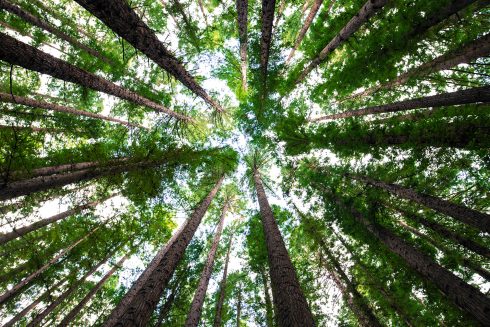
Wood is a sustainable and versatile material with an almost limitless range of uses, including construction, tools, paper and fuel to name just a few. But...
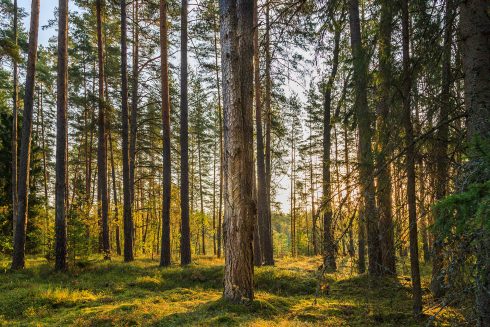
Ensuring the highest quality with the smallest possible ecological footprint and responsible use of resources are all principles that we consider important...
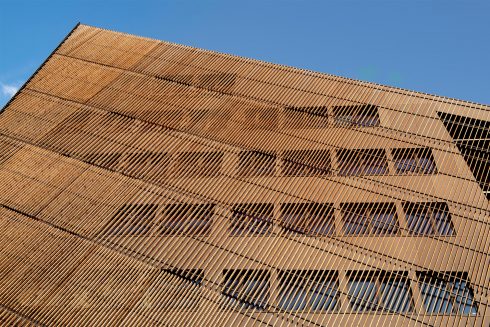
Throughout the history of architecture, surely no other material has been as influential as wood. It’s rare to see a building that’s been produced...
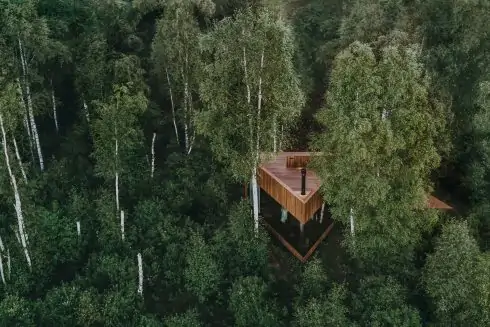
A trend is taking root in the worlds of architecture and interior design based on using natural materials and living plants to better...
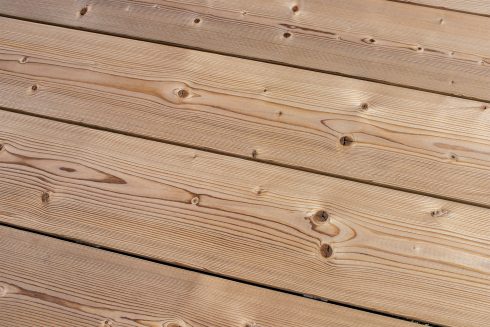
The wood-paneled interiors so common to mid-century homes have become sought after again, as many seek the warm, cozy feeling that the natural material...
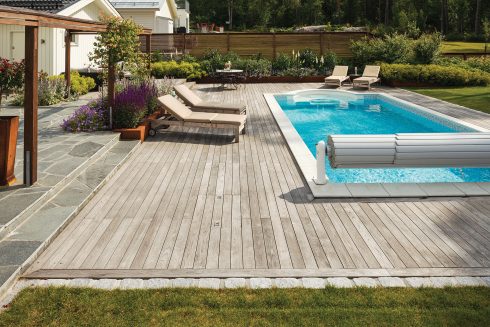
The warmth of springtime is fast approaching, and our thoughts are naturally turning towards spending more time outside. If you have a wooden terrace or...
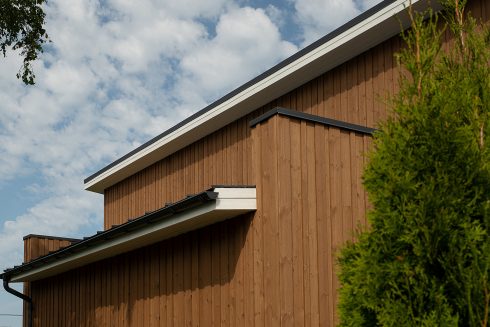
To ensure that your Thermory cladding retains its natural warm and authentic character, it’s important to apply the correct maintenance techniques. The...
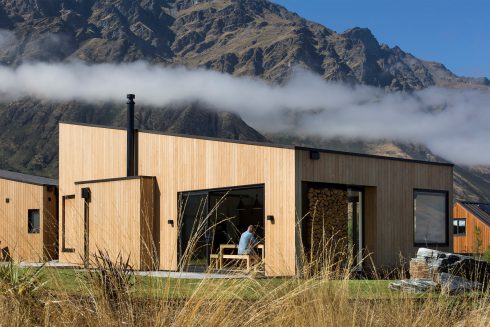
No matter where you live when you’re choosing a decking or cladding material, you’ll have to be mindful of how that material will change over time...
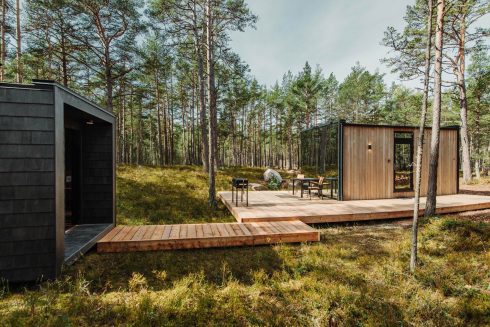
The tiny house movement has gained more momentum in the last decade, but why? It is based on tiny living: owning less so that what you own doesn’t own...

In 2022, the global megatrend of sustainable architecture and building practices will continue. Architecture trends influence the choice of materials both...
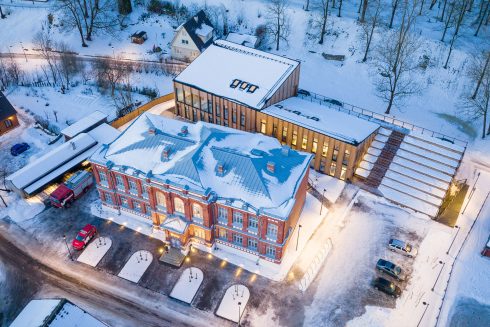
BENCHMARK THERMO-PINE CLADDING C4 20x115 / 26x 115, DECKING D4 26x115
ESTONIA
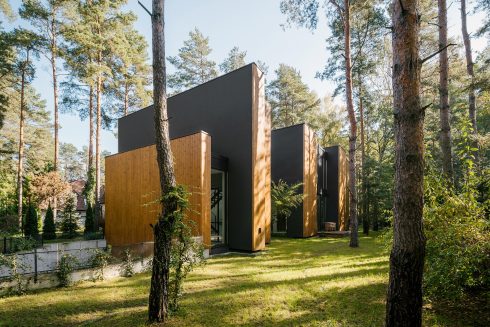
BENCHMARK THERMO-PINE
POLAND
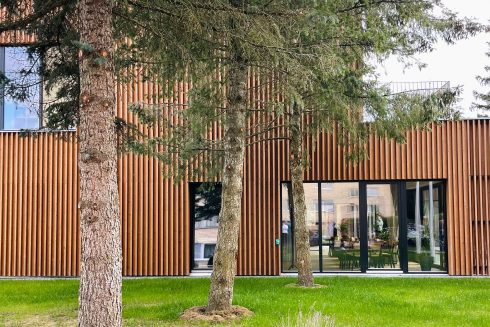
BENCHMARK THERMO-PINE
LITHUANIA

THERMORY THERMO-PINE MIX & MATCH CLADDING
NORWAY
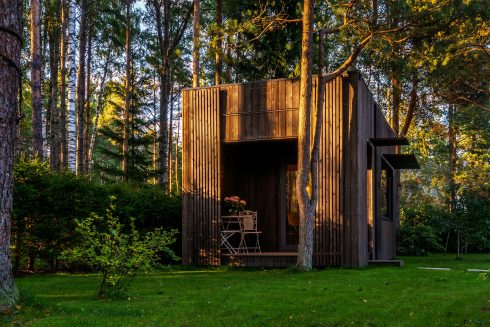
THERMORY BENCHMARK THERMO-SPRUCE BRUSHED CLADDING, THERMO-ASH DECKING AND FLOORING
ESTONIA
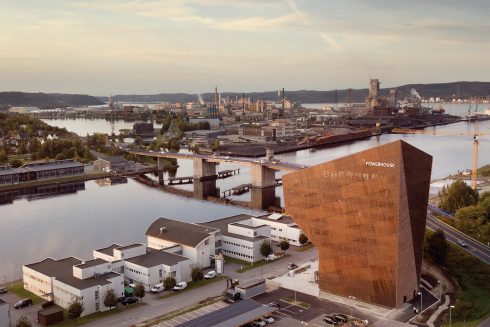
THERMORY BENCHMARK THERMO-PINE CLADDING C4
NORWAY
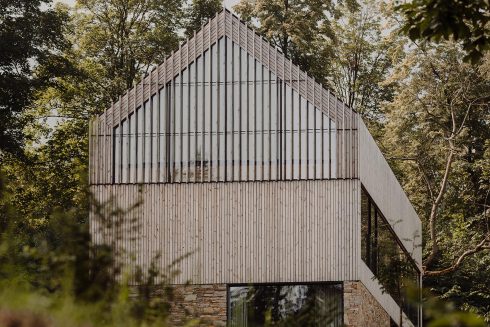
THERMORY BENCHMARK THERMO-PINE CLADDING AND ROOFING
POLAND
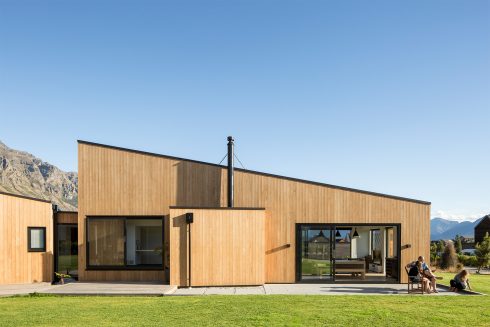
THERMORY BENCHMARK THERMO-RADIATA PINE CLADDING C3
NEW ZEALAND
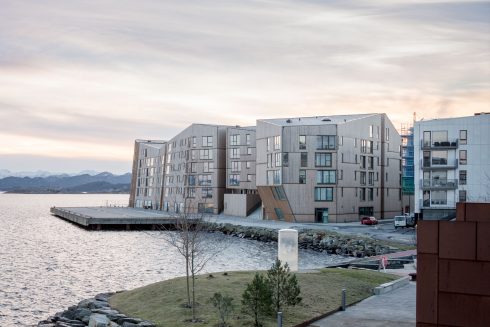
THERMORY BENCHMARK THERMO-PINE CLADDING C3 20X115 MM, ROOFING C10 20X140 MM AND DECKING D4 SG 26X140
NORWAY
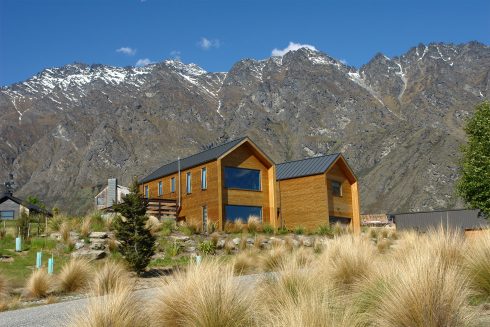
THERMORY BENCHMARK THERMO-PINE CLADDING C8 26X140 MM
NEW ZEALAND

THERMORY BENCHMARK THERMO-ASH DECKING D31
CANADA

THERMORY BENCHMARK THERMO-ASH CLADDING C5 20X72/140/190MM, BRUSHED AND THERMO-ASH MEDIUM FLOORING F5 18X245
ESTONIA